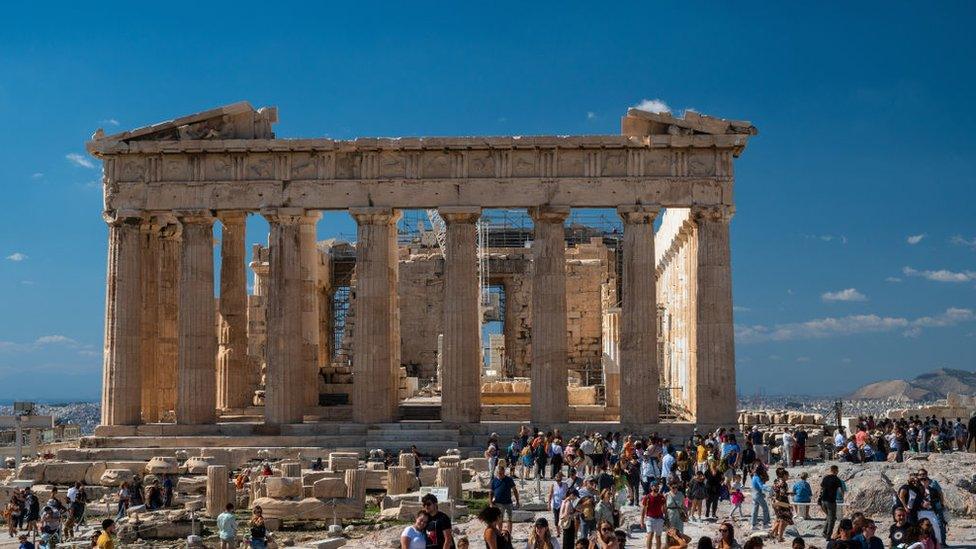British Museum: Chinese TikTok hit amplifies calls for return of artefacts
- Published
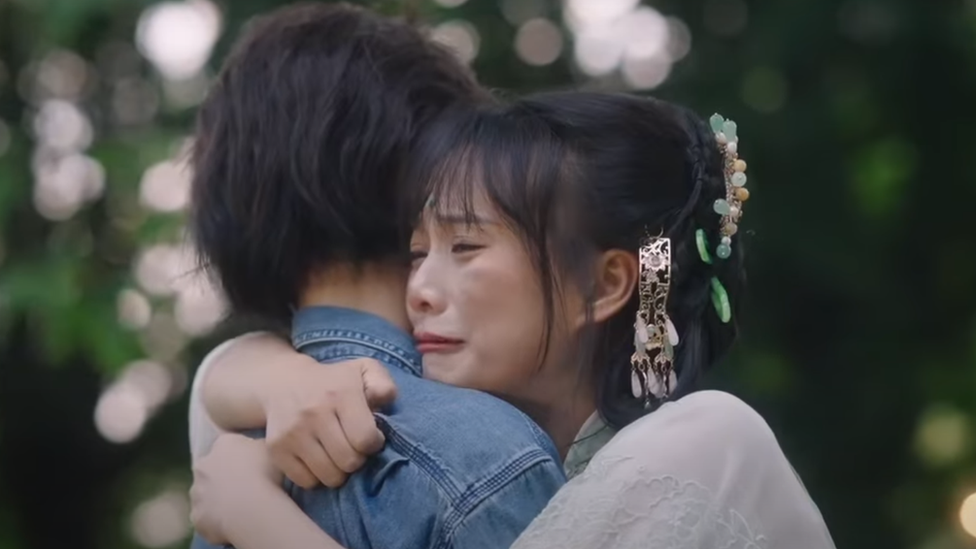
Escape from the British Museum tells the story of a jade teapot becoming human and wishing to return to China.
A short video series is racking up views in China, amplifying calls for the British Museum to return artefacts.
It tells the story of a jade teapot, played by a woman, looking for its way back to China.
The world-renowned museum has been under pressure after 2,000 items were reported to be "missing, stolen or damaged" last month.
The scandal has prompted demands from China and other countries for treasures to be returned.
Titled Escape from the British Museum, external, the three-part series from two Chinese social media influencers tells the story of a jade teapot coming alive and taking a human form as she tries to escape from the museum.
Her wish? To return home to China, with the help of a Chinese journalist she meets on the streets of London.
The teapot is a real artefact - and relatively recent addition to the British Museum. It was made in 2011 by a Chinese artist who specialises in intricate jade carvings.
Though not exactly a cultural relic, the delicate technique used in the making of the pot is a craft unique to China and that has resonated with the Chinese public.
First released on China's version of TikTok, Douyin, the series has been played 270 million times on the platform. It has also seen its creators, who claim to be independent content makers, gaining more than five million followers on Chinese social media apps within one week.
The series has also been strongly endorsed by state media. State broadcaster CCTV gave it a pat on the back this week, saying: "We are very pleased to see Chinese young people are passionate about history and tradition… We are also looking forward to the early return of Chinese artefacts that have been displaced overseas".
The series has also inspired other influencers to dress up as characters from ancient Chinese paintings and sculptures.
While traditional media have scrambled to decode the secret of the series' success, social media users credit it to the relatable message of "homecoming".
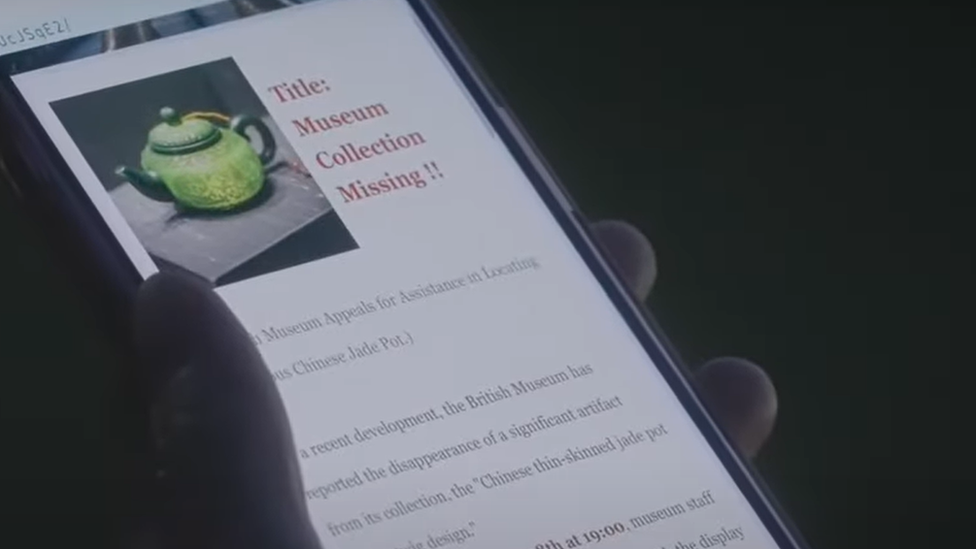
The show has fuelled calls among Chinese for treasures to be returned
"Maybe the Chinese cultural relics in the British Museum are also missing home right now. But they can only be squeezed into the crowded booths. Will they be thinking 'Bring me home' when they see Chinese faces there?" read one top-liked comment on Douyin.
"Eventually, there will be a day when [the items] come home in a dignified way," another user commented on Weibo.
Cultural heritage and ownership has become a more sensitive topic for the Chinese public in recent years amid rising nationalist sentiment. President Xi Jinping continues to push for a strong Chinese identity against growing tensions with the West.
Last year, luxury brand Dior was accused of "culturally appropriating" a Chinese traditional design for one of its skirts, triggering backlash online and protests in front of their stores.
And earlier this year around the Lunar New Year, a video of a Chinese influencer visiting the museum went viral on Douyin, in which the user said the treasures must be homesick. A comment suggesting the escape of the treasures be turned into an animation inspired the series.
The series' release has come as the British Museum faces intense pressure over the thefts. Last week, Chinese nationalist newspaper The Global Times issued an editorial asking the museum to give back its entire Chinese collection.
"We formally request the British Museum to return all Chinese cultural relics acquired through improper channels to China free of charge," said the newspaper, which is known to be a Beijing mouthpiece.
It's not the first time China has made such demands - which also echo the calls of other countries including Sudan, Nigeria, and Greece, which have all asked the British Museum to give back stolen artefacts.
Egypt has been asking for the return of the Rosetta Stone, forcibly taken by the British empire in 1801. Greece has also been campaigning for its Parthenon sculptures, also known as the Elgin Marbles, to be returned.
The British Museum has long argued that it's in the best position to protect such treasures, but critics say the latest thefts show this argument no longer applies.
Some British lawmakers still insist it is a safe place. The museum houses about eight million, external objects from six continents. Only 80,000 items - or about 1% of the total collection - are on display at any given time.
Related topics
- Published28 August 2023

- Published16 August 2023
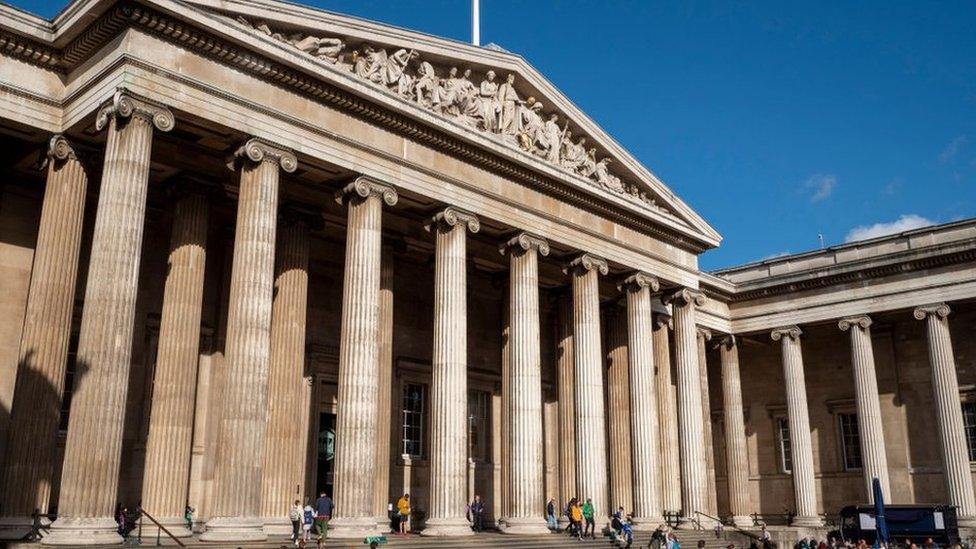
- Published25 August 2023
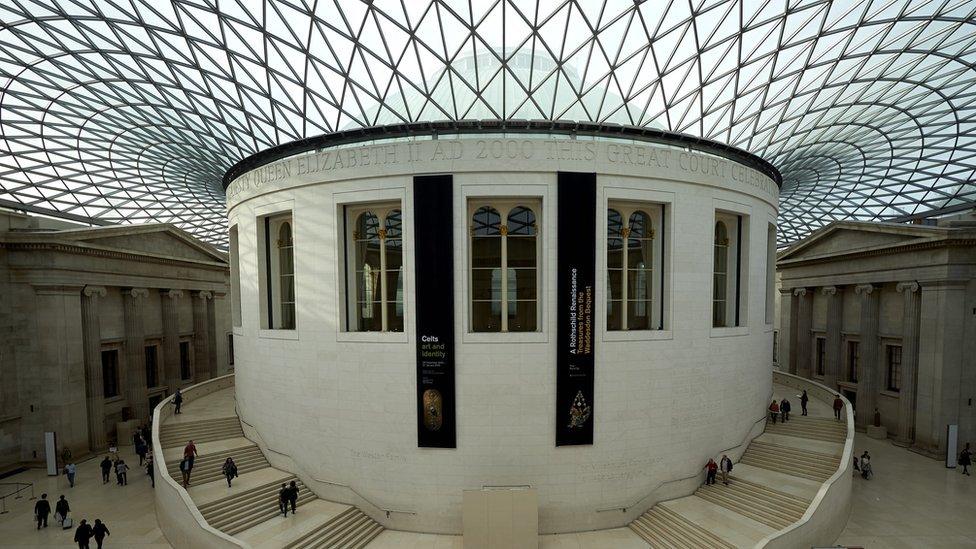
- Published20 May 2023
